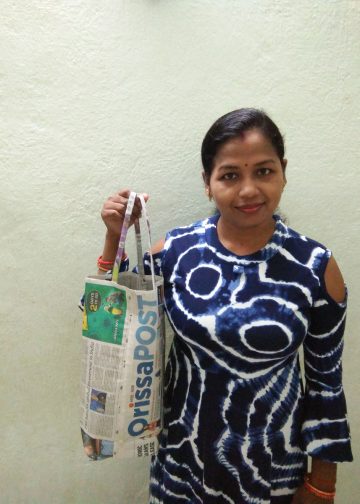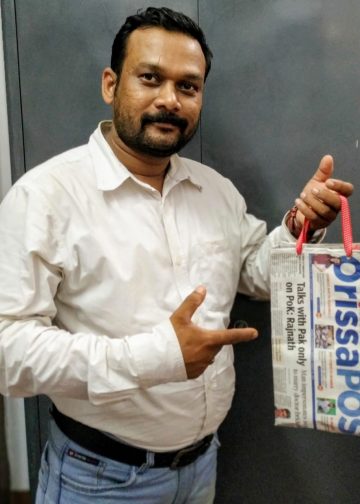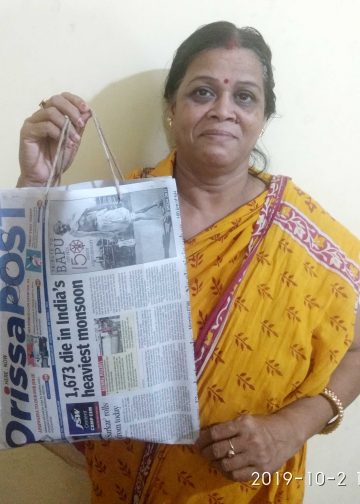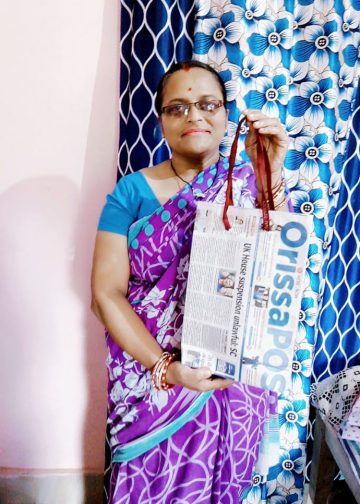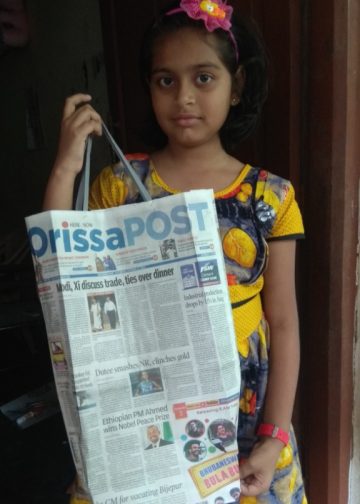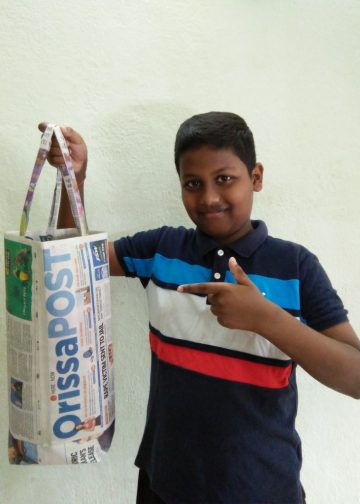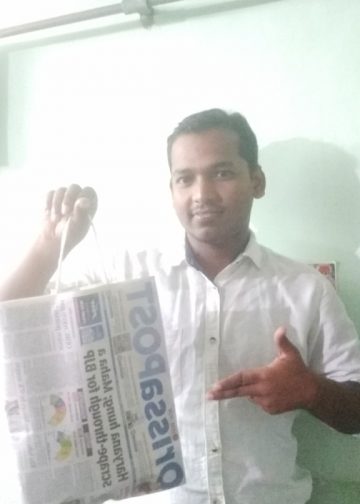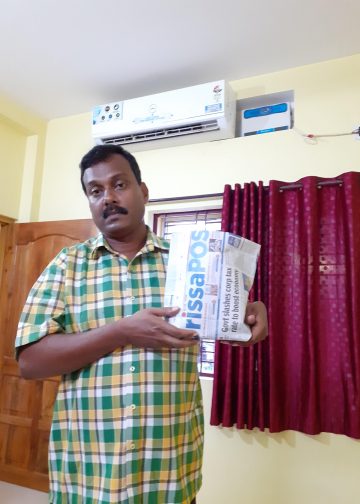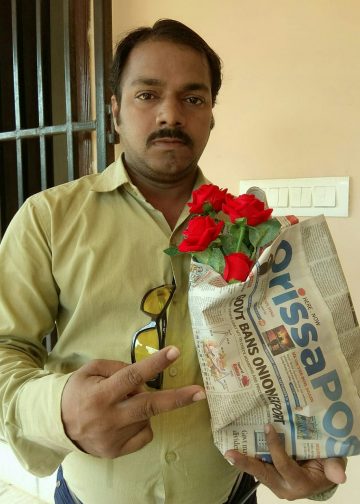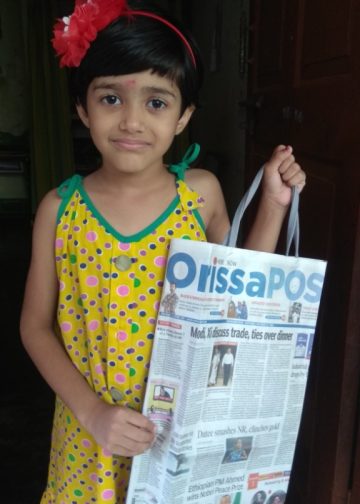What we all know about the state of people of India has been confirmed by a new census. The report or partial findings of the census, released recently, are shocking. People in rural India are bogged down with poverty, struggle everyday to feed themselves and their living standard — if you use that phrase — is abysmal. Out of the total rural population, 74.49 or almost 75 per cent is “poor”. Monthly income of these households is `5,000 or less. That means these families earn less than `200 a day. One cannot think of ‘per capita income’ or ‘per capita expenditure’ in this scenario.
The now defunct Planning Commission had set the ‘poverty line’ at `816 per month per person in rural areas and `1,000 in urban areas. That translates to hardly `30 per day expenditure or even less. The numbers were absurd and the commission faced flak for it. Still the question ‘who is poor’ is unresolved. The findings of a survey of the urban region are yet to be released.
According to this survey, 56 per cent of rural households are completely landless and 36 per cent of the rural population is illiterate. Naturally, 60 per cent households are ‘deprived’ in one way or the other. How do they ‘earn’? Toiling at other’s farms or some factory — described as manual labour in the government’s words — is the only way that they can have some income. They do not own a house and find shelter in structures made of ‘kuccha’ (temporary) walls and roofs.
The survey, called the Socio Economic and Caste Census (SECC) 2011, was commissioned by the Congress-led UPA government. It was conducted between 2011 and 2013 but was a ‘paperless’ one. Instead of filling forms, all information was gathered through hand held devices and then transferred to computers. This exercise covered 2,439 lakh households, of which 1,791 lakh households or families are living in rural areas. The aim of the survey is to identify the poor or deprived people to rationalise subsidies by targeting them. Thus, the government expects to plug leakages in the distribution of subsidies and eliminate corruption.
The census had seven criteria to decide deprivation: Households with only one room without solid walls or roof; families without any adult member between 15 to 59 years of age; only female as head of the family with no adult male aged 15-59; households with disabled (differently abled) members and no able bodied member; families without any literate member above age 25; SC/ ST households and landless households where the major earning source is manual casual labour. Households that can be described as ‘deprived’ on at least one parameter are 18.7 per cent, which is also a big number.
Our country is ‘infamous’ for poverty for long. International surveys and studies have already established that number of poor people in India is more than the total poor from very backward countries of Africa; also India houses the maximum number of malnourished persons in the world. The survey presents a disturbing picture of present day India. In the 68 years since Independence, nobody ever tried to find an answer to the question why the rural population is still languishing in poverty.
In Tamil Nadu and Andhra Pradesh, 73 per cent of the households are landless. Close on the heels are Kerala and West Bengal, where 72 per cent and 70 per cent of the households are landless, despite their claim to have implemented land reforms in the past. Maharashtra always takes pride in being a ‘progressive’ state but there too 53 per cent of the rural households are landless. Bihar has one of the maximum numbers of socialist leaders but also a large number of rural landless households.
Families without a male adult cannot be just a number. Women from such households are vulnerable to harassment and in many cases atrocities. (SC/ ST families are more in danger). Similarly, households without at least one literate male adult or head of the family or families with differently able members are easy victims of local moneylenders, goons and other anti-social elements. No survey or census can reflect this social reality.
The census, conducted every 10 years, has provided us information about the education and income and occupation of people but focuses more on birth rate-death rates, infant mortality, increase or decrease in educational and income level. (The data perhaps is useful for consumer goods companies to draw up their marketing strategies). This new survey is concerned about the social and economic condition of ‘clusters’ of people. Here the cluster is the family or household. Though it has included ‘caste’ in it, findings of caste-wise data has not been revealed, for reasons unknown.
This survey reaffirms what we all know: That rural India has remained poor for many decades. The Central and state governments have spent billions of rupees on social welfare schemes for 68 years and yet the picture is bleak. It means that money or schemes did not reach those who needed these most and many of the ‘beneficiaries’ were not really poor. This is also a known secret all over the country. The question, where all the money has gone, remains unanswered.
In these 68 years many leaders — from local level to central — who purportedly represent the ‘poor’, ‘deprived’ classes and rural people, got rich. They amassed huge wealth including land and sugar factories, not to mention Swiss Bank accounts. The means by which they got wealthy are unclear and hence doubtful. They were and still are custodians of welfare schemes. Now they must answer why their voters and supporters are still poor. The question who usurped land and wealth in general in the rural area is not addressed by the survey. The Maharashtra government is said to have no record of land donated in the ‘Bhoo daan’ (land donation) movement started by the great Gandhian Vinoba Bhave. The situation in other states cannot be different.
Despite the fact that rural people do not own much land, the Modi government is stubbornly pushing for its ‘land acquisition bill’, claiming it will benefit the poor living in villages and hamlets. Is it not a contradiction? Central ministers have stated: ‘This is a very important document and will help us target groups for support in terms of policy planning’ If they know the ‘pulse of the people’ then why do they need such a document in the first place? Why did they not formulate policies much before?
We unfurl the Tricolour on Independence Day and Republic Day and enjoy a holiday, but half of our population is unaware of both these concepts. This new survey or census underlines one important thing: the ‘dawn’ of freedom has eluded them.
— INFA
Palestine Prospect
I t was a significant moment in the history of the struggle of Palestinian people to get a state of...
Read moreDetails




